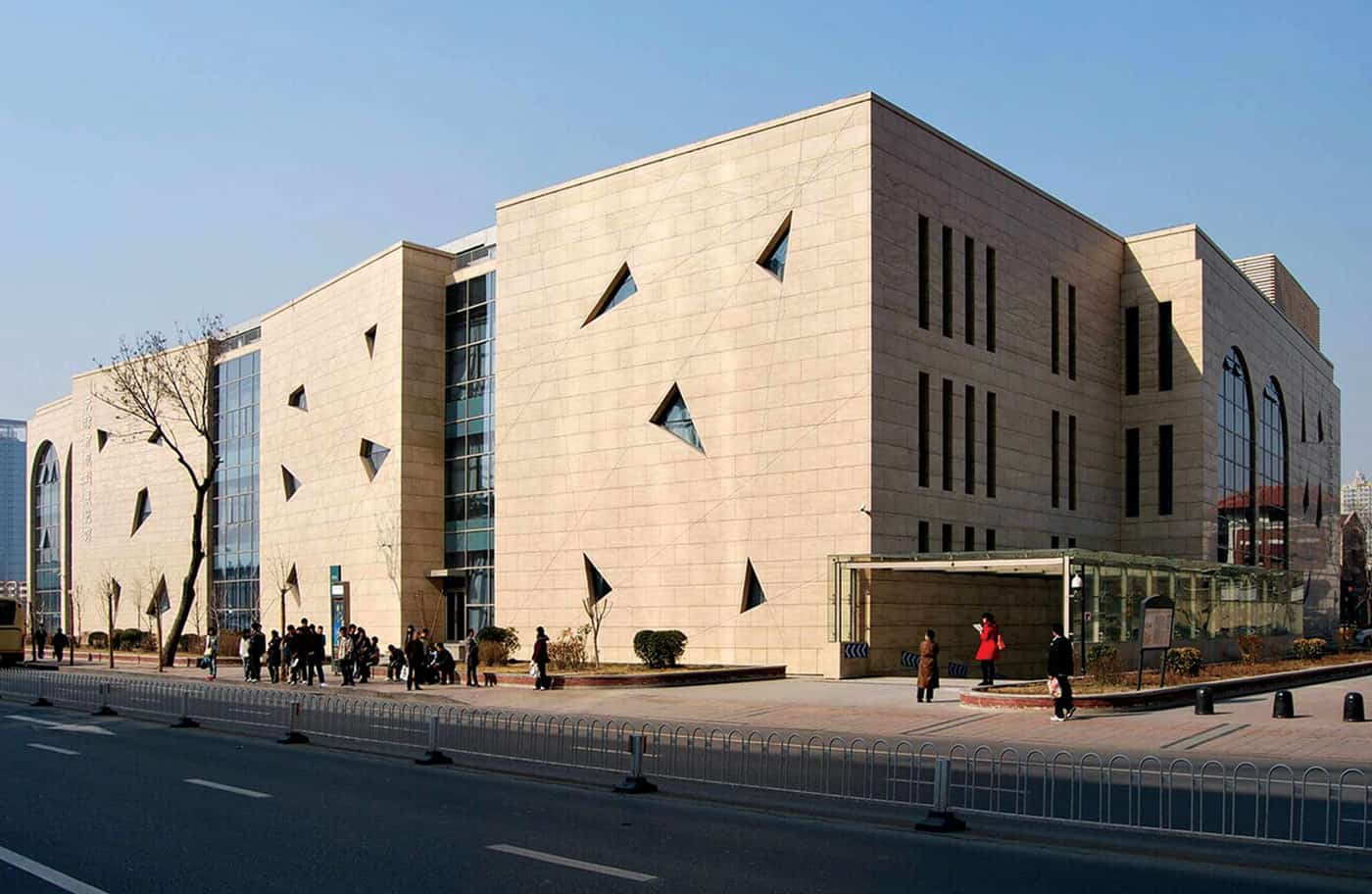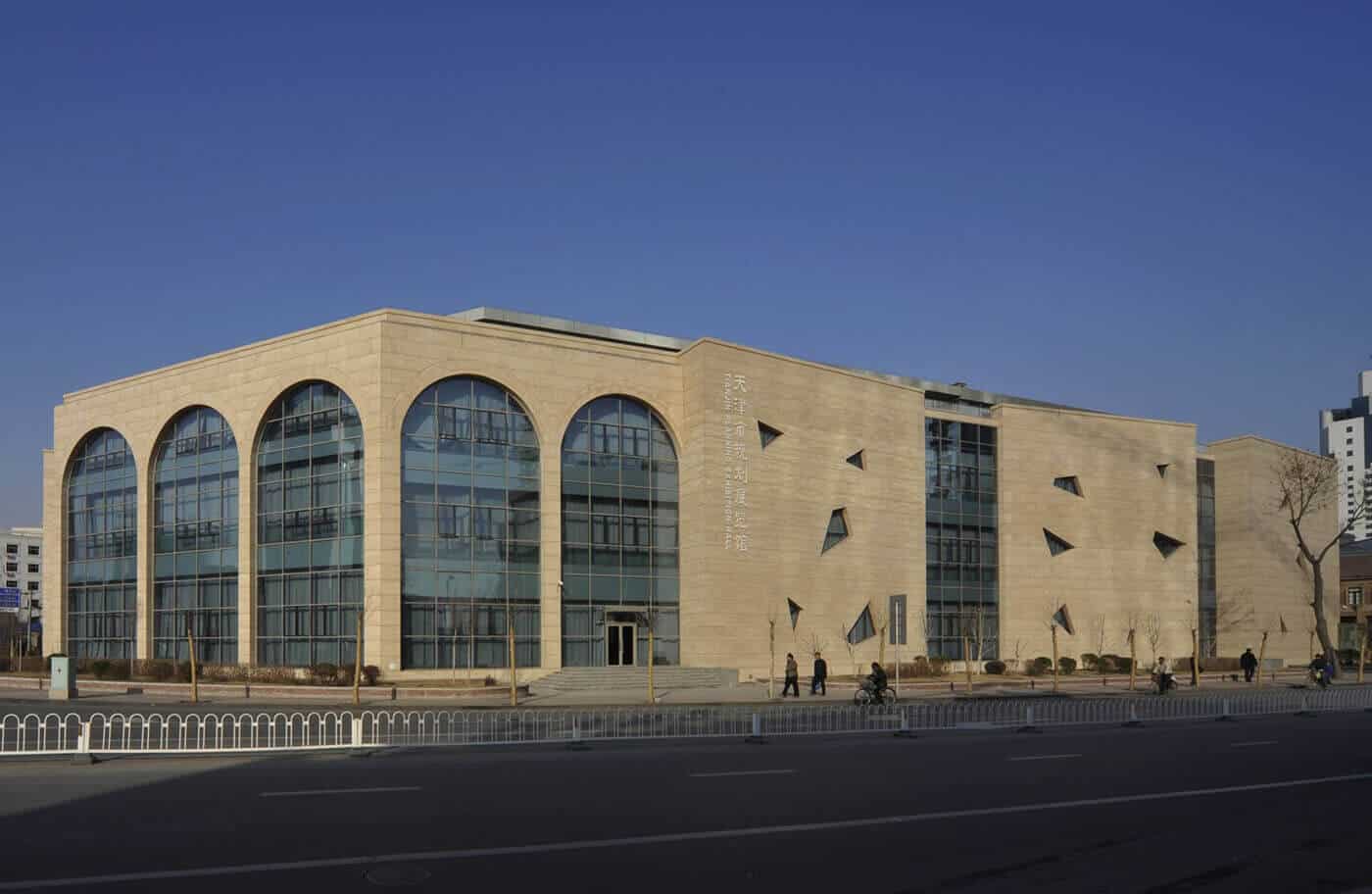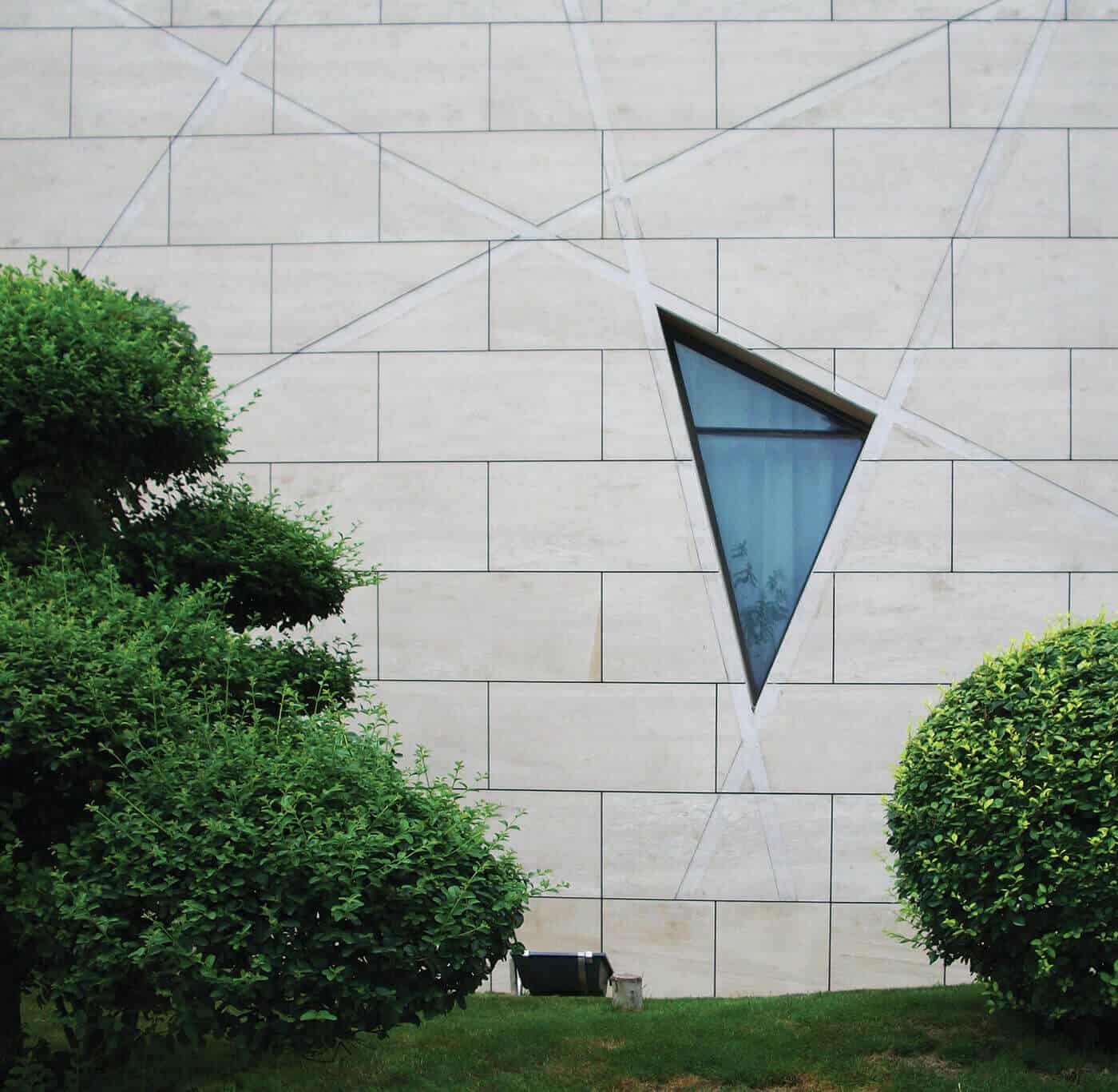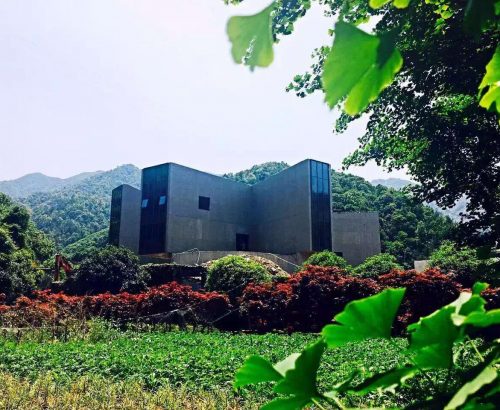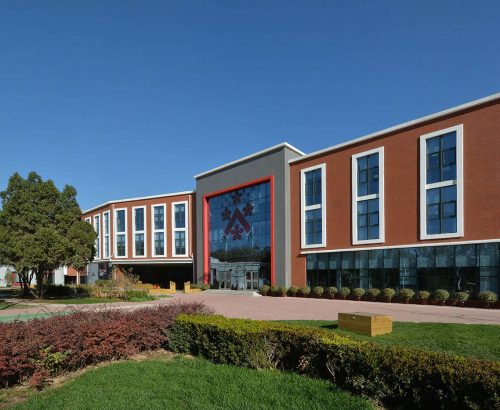
The building is located within the Tianjin’s Former Italian Concession, an area active between 1902 and 1945, that represents the largest concentration of authentic Italian style architecture in China, made up of around 150 buildings distributed over 3 hectares in the northern sector of the Municipality.
The structure is located in an area of 30,000 square meter and the central role of the building was determined both by its public and promotional function, and by its peculiar location on the external perimeter of the most important and visible portion of the area. Taking into consideration the special location of this structure, within a historical area in such a position has to represent a veritable gate to the Italian Concession, Progetto CMR faced with the challenge of creating a design that would be immediately recognizable as classically Italian, yet harmoniously integrated with the surrounding urban context. The result is a building which can be considered as a bridge between both XX and XXI centuries and a testimony of the evolution of Italian architecture in the last one hundred years. The typical elements of Italian classical style are reinterpreted in a contemporary architectural design and language, relating to the surrounding urban context. Such elements thus become symbols of a shared architectural heritage, a bridge between two centuries and two cultures, and a symbol of Italian style on Chinese territory. The ability of a building to relate to the surrounding urban context is an essential characteristic of Italian architectural design; in this case, continuity between the internal and external space was guaranteed by the ample glazed wall on the northern façade, creating a connection between the building and the square facing it, only partially filtered by the arched porch. The building and the square are mutually permeable, to the point that the former almost becomes an extension of the latter.
